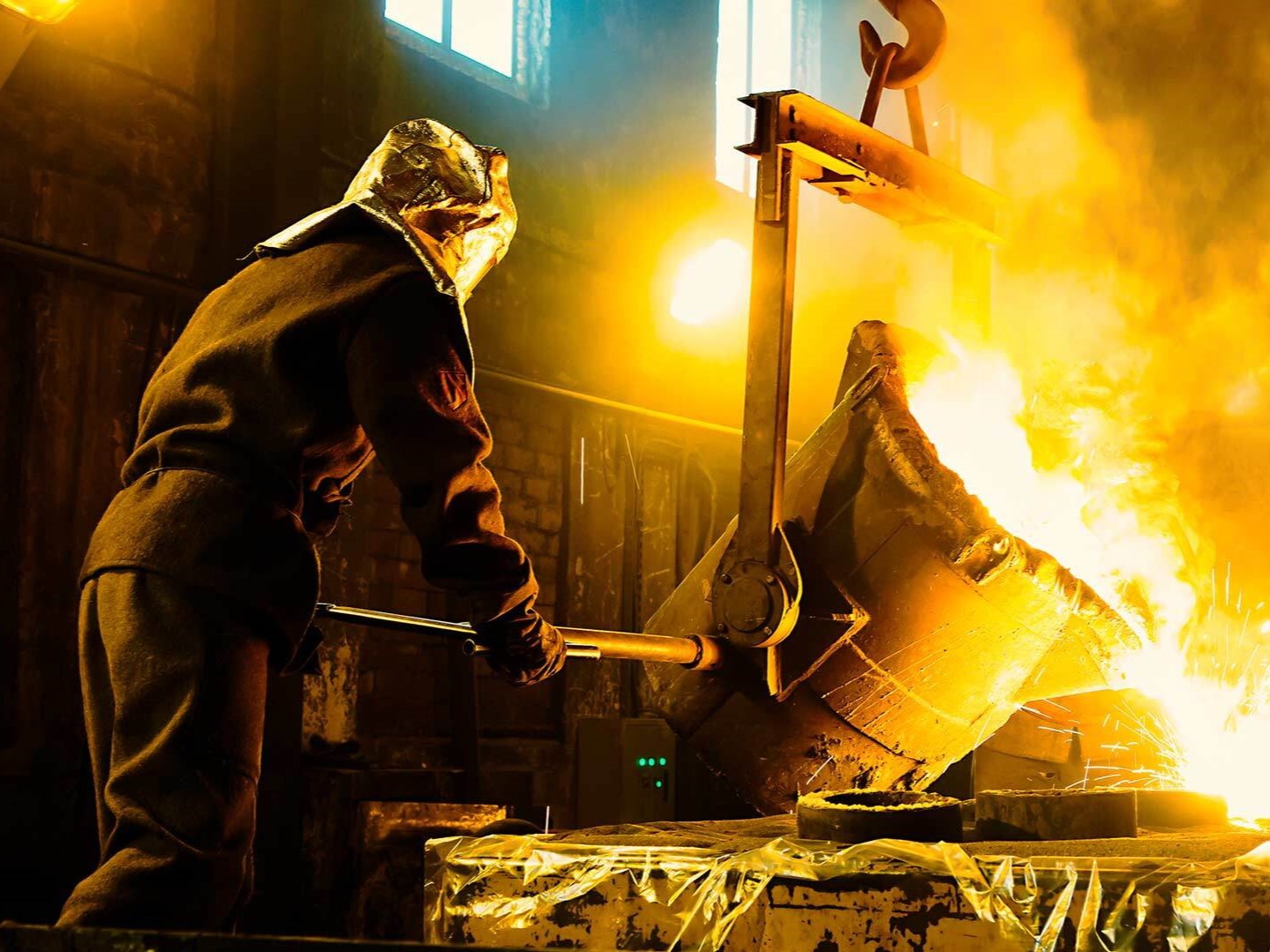
Steel is one of the world’s most useful and valuable materials, but its production is among the most carbon-intensive manufacturing processes. Steel accounts for roughly 7% of the world’s carbon dioxide emissions, part of a broader industrial sector that accounted for about 30% of the greenhouse gas emissions in the U.S. in 2021, according to the Environmental Protection Agency.
Researchers from The University of Texas at Austin are part of a multi-university team attempting to decarbonize manufacturing, and one of their first targets is steel production. L.L Raja and Tan Bui-Thanh, faculty members from the Cockrell School of Engineering’s Department of Aerospace Engineering and Engineering Mechanics, are leading modeling work on alternative steel production methods.
“Steel production is a prime candidate for disruption because it’s such a significant contributor to carbon emissions,” said Raja. “Those emissions trap heat from the sun, which causes global warming, leading to climate changes that are altering weather patterns and disrupting natural environmental processes.”
The research team will develop hydrogen-plasma-smelting-reduction technology to dramatically reduce carbon emissions during the steelmaking process. Raja and Bui-Thanh will develop models to understand the complex phenomena that contribute to the plasma forming and plasma interaction with the iron ore for steelmaking and process data from the models and experiments.
The research is part of the U.S. Department of Energy’s Earthshots program. The team, which is led by Arizona State University, received $5 million from DOE to pursue this work under the Industrial Heat Shot initiative, one of seven areas included in the program. UT Austin received $1.1 million for their portion of the research.
The work is also part of the larger Electrified Processes for Industry without Carbon group, or EPIXC, a multi-institution effort.
The goals of EPIXC include eliminating carbon emissions by developing the technologies and workforce required to replace fossil fuel-based heating with electric power sources, as well as significant decarbonization of industrial processes using clean energy sources. UT is one of the primary institutions in EPIXC, behind Arizona State University, which is leading the initiative.
The team’s big challenge in this new work? Finding a clean, energy-efficient way to make steel with fewer impurities.
It’s possible to use hydrogen arc plasma to replace carbon-emitting heat sources or to use the same arc to achieve iron ore reduction to produce steel without emitting carbon dioxide. Further the hydrogen arc plasma process can be controlled to prevent the formation of impurities called “gangue,” which can render steel useless for many applications by damaging its structural integrity.
Hydrogen arc plasma smelting reduction of iron ore is only a concept at this point, according to the team’s project description. However, it is a promising tool to develop for dramatically reducing carbon emissions from steel production while expanding the variety of usable iron ore.
The researchers hope the scientific insights and theories arising from the project will enable steel makers to design and develop both technically and economically viable plasma reactors that make carbon-free steelmaking possible.







